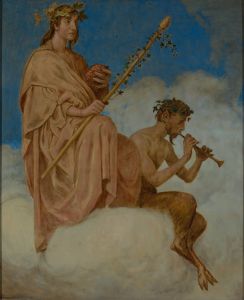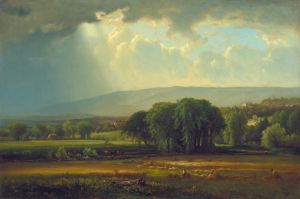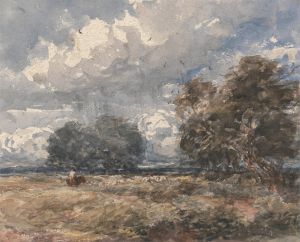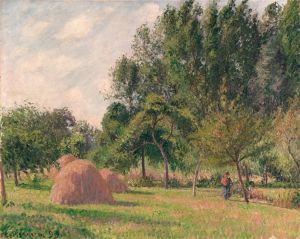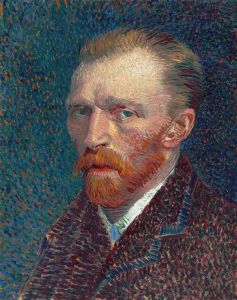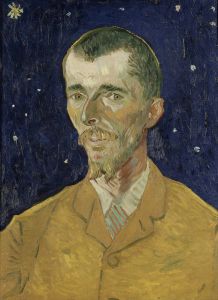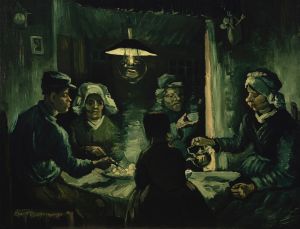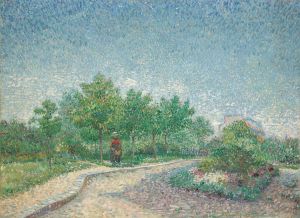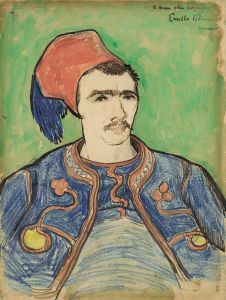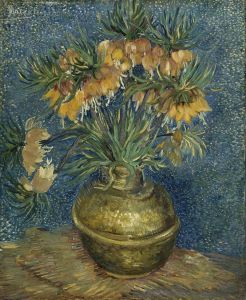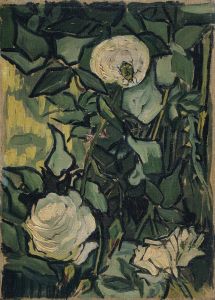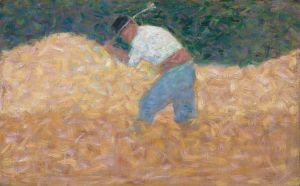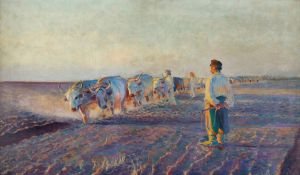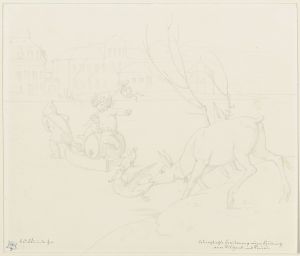
The Sheep-Shearer
A hand-painted replica of Vincent van Gogh’s masterpiece The Sheep-Shearer, meticulously crafted by professional artists to capture the true essence of the original. Each piece is created with museum-quality canvas and rare mineral pigments, carefully painted by experienced artists with delicate brushstrokes and rich, layered colors to perfectly recreate the texture of the original artwork. Unlike machine-printed reproductions, this hand-painted version brings the painting to life, infused with the artist’s emotions and skill in every stroke. Whether for personal collection or home decoration, it instantly elevates the artistic atmosphere of any space.
Vincent van Gogh's painting The Sheep-Shearer is a work created during his early artistic period, specifically in 1884, while he was living in Nuenen, a small village in the Netherlands. This painting reflects van Gogh's focus on rural life and the daily labor of working-class individuals, a theme that was central to his art during this time. The piece is part of a broader series of works in which van Gogh depicted peasants and their activities, emphasizing their connection to the land and the dignity of their labor.
In The Sheep-Shearer, van Gogh portrays a man engaged in the act of shearing a sheep. The composition is intimate, with the figure bent over the animal, concentrating on the task at hand. The muted color palette, dominated by earthy tones, is characteristic of van Gogh's Nuenen period, reflecting the somber and humble atmosphere of rural life. The painting demonstrates van Gogh's interest in capturing the physicality of work and the relationship between humans and animals in an agrarian setting.
During this period, van Gogh was heavily influenced by the works of artists such as Jean-François Millet, who also depicted scenes of peasant life with a sense of realism and empathy. Van Gogh sought to convey the harsh realities of rural existence while also celebrating the resilience and strength of the people he painted. His choice of subject matter and his approach to composition and color were deeply rooted in his desire to create art that was both socially relevant and emotionally resonant.
The Sheep-Shearer is less well-known compared to van Gogh's later works, such as The Starry Night or Sunflowers, but it provides valuable insight into his artistic development and his early focus on themes of labor and humanity. This painting is part of a body of work that includes other notable pieces from the Nuenen period, such as The Potato Eaters, which similarly explores the lives of rural workers.
The current location of The Sheep-Shearer is not widely documented, and it is not among van Gogh's most frequently exhibited or reproduced works. However, it remains an important example of his early style and thematic interests, showcasing his commitment to portraying the lives of ordinary people with authenticity and compassion.





